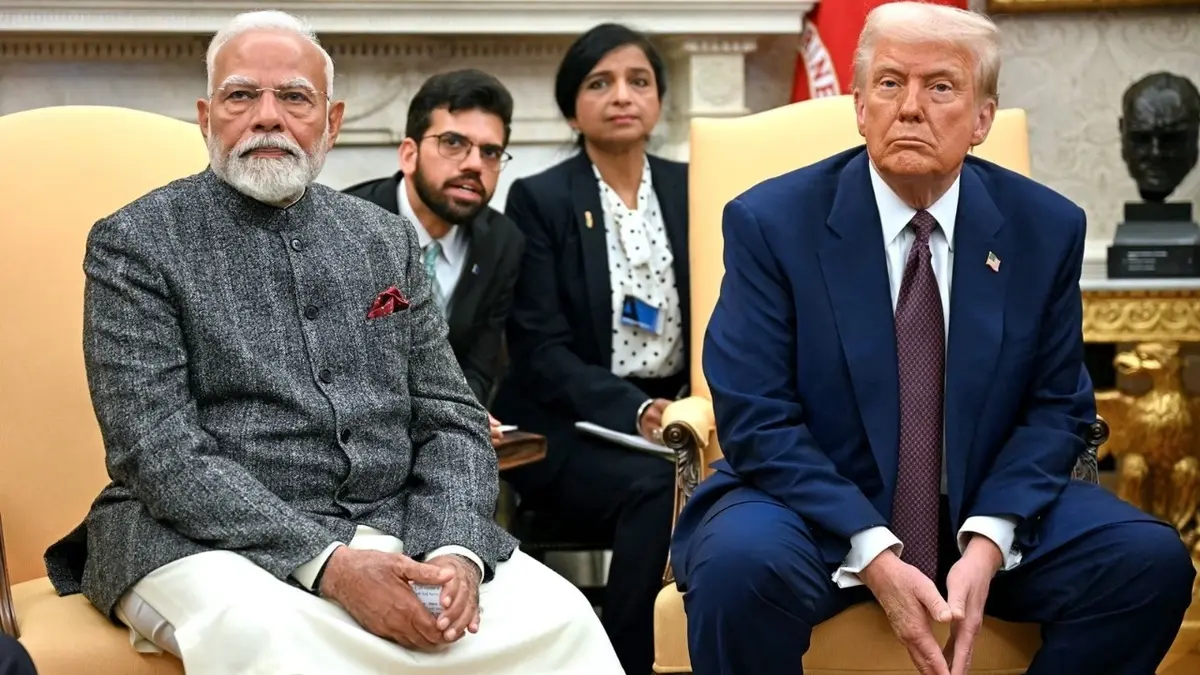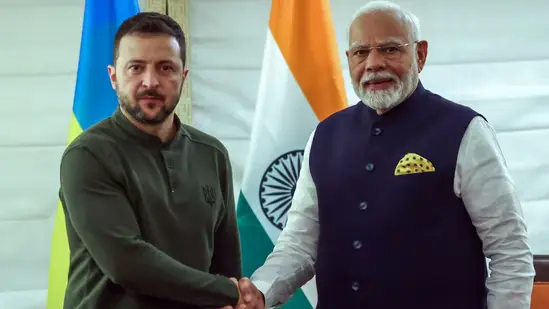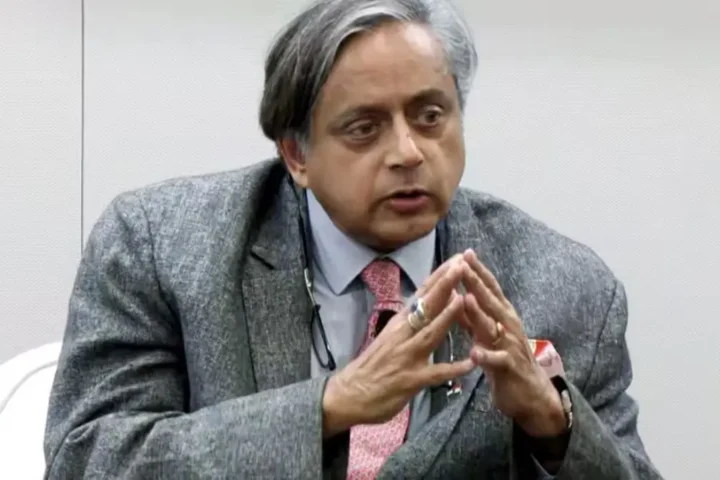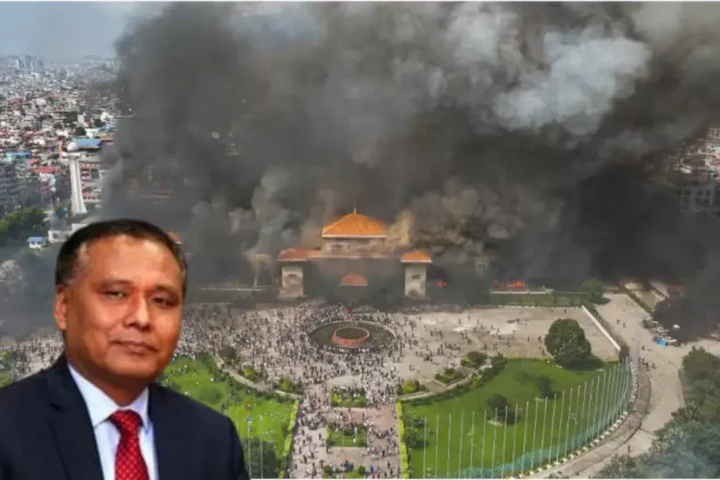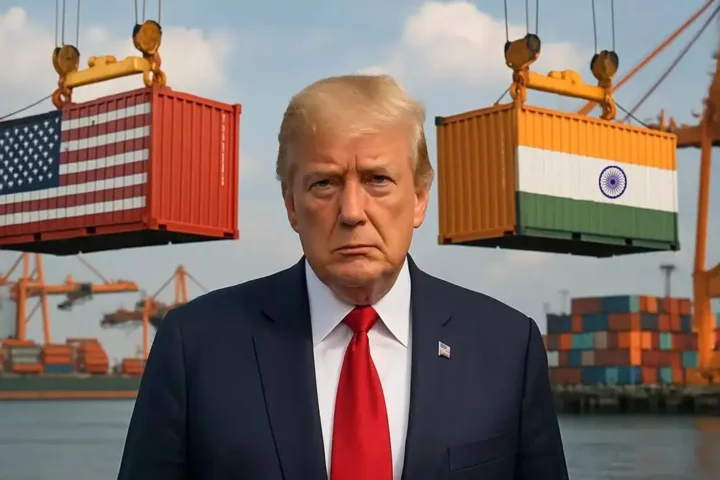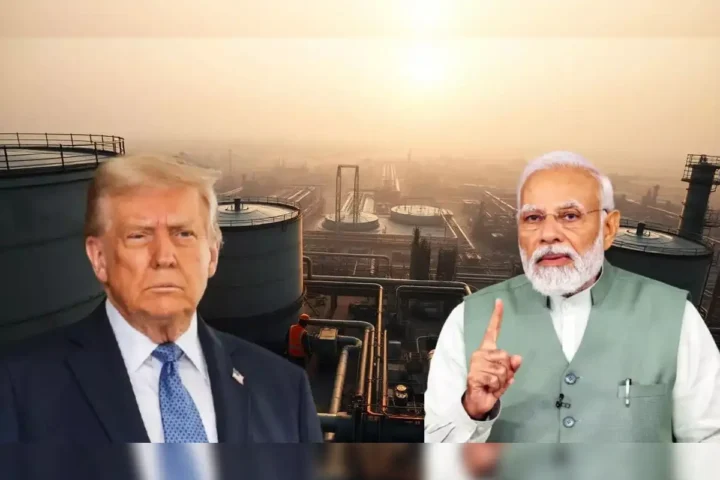Prime Minister Narendra Modi and US President Donald Trump have exchanged upbeat statements on reviving trade negotiations, even as their governments remain locked in disputes over tariffs and India’s purchase of Russian energy. The mixed signals highlight the fragile state of one of the world’s most important partnerships.
Optimistic Exchanges Despite Tariff War
On Wednesday, Modi described India and the US as “close friends and natural partners,” saying he was confident trade talks would “unlock the limitless potential” of bilateral cooperation. He emphasized that both nations’ teams are working to finalize negotiations “at the earliest,” while adding he looked forward to personally engaging with Trump.
Trump, in a parallel post on Truth Social, called Modi a “very good friend” and expressed certainty that “there will be no difficulty in coming to a successful conclusion for both of our Great Countries.” This marks the second time in four days that the two leaders have publicly exchanged positive remarks, despite the backdrop of rising trade friction.
The tension stems from Trump’s decision to double tariffs on Indian goods to 50%, a move triggered by India’s continued purchase of discounted Russian oil amid Western sanctions.
Contradictions in Washington’s Tone
While the leaders project warmth online, the administration’s actions tell another story. On September 4, Washington filed an appeal in the US Supreme Court to reinstate tariffs struck down by lower courts, citing India’s oil imports from Russia as justification.
Soon after, reports revealed that Trump personally urged the European Union to impose tariffs of up to 100% on India and China during a sanctions-focused meeting on Russia. This push underscores the pressure campaign Washington is building against New Delhi, even as Trump courts Modi on social media.
Top US officials have also sharpened their criticism.
- Kevin Hassett, head of the National Economic Council, hinted at secondary sanctions on countries buying Russian energy.
- Peter Navarro, White House trade adviser, accused India of “profiteering” from Russia’s war, calling India’s tariffs “sky-high” and claiming they are costing American jobs.
Interestingly, Trump has not taken a similar line with China, which also imports Russian oil. In fact, he eased tariffs on Chinese goods in May, raising eyebrows in India about selective pressure.
Analysts Warn of Fragile Progress
Experts remain cautious about the leaders’ positive messaging. “This represents a shift in tone by the President, which sets the stage for more constructive talks. But India has reason to be wary, given past reversals,” said Sidharth Raimedhi, fellow at New Delhi’s Centre for Strategic and Diplomatic Research (CSDR).
Ajay Srivastava of the Global Trade Research Initiative was more skeptical. “Trump’s court filings make tariff relief unlikely. His conciliatory words may be tactical, aimed at limiting India’s closeness with Russia and China,” he argued.
Formal trade negotiations between the two nations collapsed weeks ago after the tariff escalation. However, both sides continue informal exchanges and may attempt to revive a deal ahead of Trump’s expected visit to India for the Quad Summit in November.
In their June call, Modi had already clarified to Trump that trade talks had not figured in discussions related to India-Pakistan hostilities, firmly rejecting any notion of third-party mediation in South Asian conflicts.
Interesting Read
Outlook: Warm Words, Hard Bargains Ahead
While Modi and Trump’s personal rapport helps maintain dialogue, underlying tensions remain unresolved. The US is pressing India to align more closely with Western sanctions on Russia, while India insists on pursuing an independent, multipolar foreign policy.
For now, the world’s largest democracies are signaling optimism—but until tariffs are addressed, any real breakthrough on trade remains uncertain.

